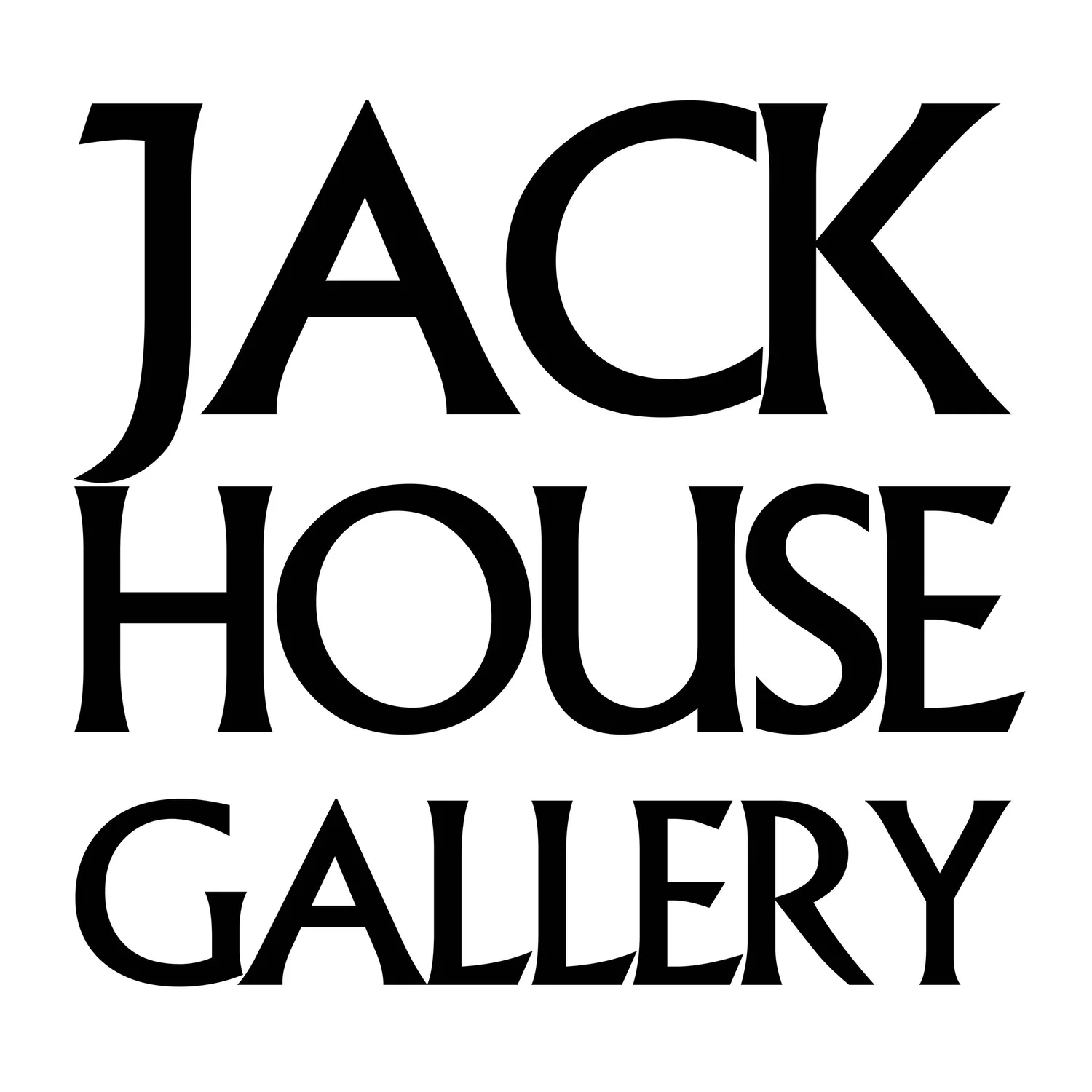Derek Boshier Pallant House Gallery 2008 Photo by Jason Hedges
Derek Boshier
'There’s a funny sort of feeling you get, as if change is a sin. But now I see that’s what I’m about, I’m an artist that does change.’
Born in Portsmouth in 1937 Derek Boshier first came to prominence with his paintings as a student at the Royal College of Art in London where he studied alongside David Hockney, Allen Jones, R.B. Kitaj, and others. Embracing the iconography of British and American mass culture, his paintings earned him recognition as one of the pioneers of British Pop Art. In 1962, he was featured with Peter Blake, Pauline Boty and Peter Phillips in Ken Russell's BBC documentary 'Pop Goes The Easel'. Subsequently he has used other media:drawing, printmaking, film, books, three dimensional objects, installations and photography among them. His graphic work with popular music groups such as The Clash and with David Bowie have brought his work to a wider audience.
Works by Derek Boshier can be found in major museum collections including Tate, The British Museum and the V&A. He lives and works in Los Angeles.
'Derek Boshier brought to British Pop a strong satirical edge which distinguished his work from that of his fellow students at the Royal College of Art. His paintings of 1961-62 made frequent reference to current events, especially those with a political dimension such as the space race between the United States and the Soviet Union. Consumer products such as Pepsi-Cola appeared not in celebration of modern popular culture but as evidence of the insidious inroads of international businesses and Americanisation. SA group of paintings in 1962 prompted by the campaign for a new striped toothpaste examined manipulative forces of advertising and the loss of individual identity that this brought in it’s wake. Boshier’s caustic views about the mass media, and his characteristic ‘custom-built men’ – figures that appear to be cut out, pieced together as in jig-saw puzzle or in the process of disintegration – arose directly from his reading of commentators such as Marshall McLuhan, Vance Packard and John Kenneth Galbraith. Boshier’s Pop phase was short lived. The paintings that he produced in India during 1962-63, virtually all of which were accidentally destroyed near the end of his stay there, adapted similar narrative devices to Hindu symbolism. On his return to England he painted briefly in a formal abstract idiom before turning to Minimalist sculpture and later photography, film and collage. Always curious to experiment different media, he nevertheless maintained a strong involvement through the seventies with political and social themes. In 1979 he returned to painting as his prime activity, at first basing the pictures on images from advertising and the mass media, as he had done in his early Pop pictures and in his more recent collages. In 1980 he moved to Huston, Texas, where he at once found a rich fund of new imagery in his immediate environment. A series of paintings depicting naked cowboys were amongst his most amusing and memorable responses to his new home. During the whole of that decade, prior to his return to England, he elaborated his new iconography with humour and affection but also with the distance and wry observations of a foreigner. The American themes of Boshier’s first phase as a Pop artist thus reappeared 2 decades later in a new guise, coloured by personal experience. In the late nineties Boshier again resettled in the US, this time in Los Angeles, where he made paintings that took up themes and images from his formative Pop works.'
Marco Livingstone 2004 Pop Art UK:British Pop Art 1956-1972 exhibition catalogue Galleria Civica, Modena, 2004


